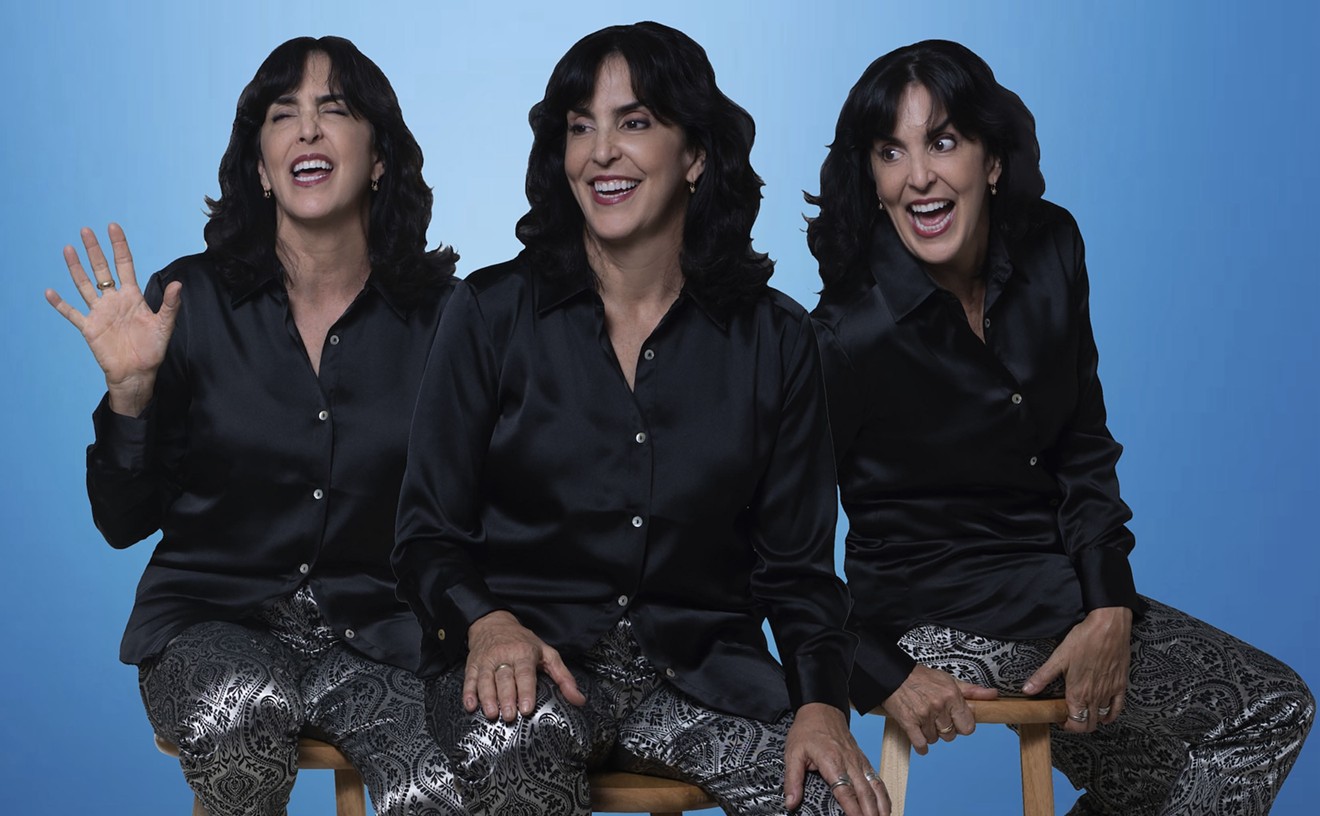For Miami City Ballet (MCB) artistic director Lourdes Lopez, a Cuban-American raised in Miami, this new setting for a company premiere is a great opportunity. “I grew up in this ballet,” she says, recounting how during her years at the New York City Ballet, she ascended through this work's roles. From hunting hound to fairy to the classical grandeur of a courtly pas de deux, she danced them all.
She believes the production would profit from a fresher look. “Challenging the choreography is not a bad idea," she says with an audible smile, since the music, Balanchine’s choreography, and Shakespeare’s story remain unchanged in this new production.
In 1962, Balanchine created the performance as his first full-length dance drama for New York City Ballet. Lopez saw up close the value Shakespeare’s play held for the choreographer, who could recite its lines in Russian. From early artistic
Mendelssohn’s concert overture "A Midsummer Night’s Dream" and his incidental music for the play (including the famous “Wedding March”) naturally lent themselves to the ballet. In addition, Balanchine had to piece together sections of other works by the composer to form a viable whole.
Now, MCB has the opportunity to put its own stamp on this golden page of ballet history. More than two years ago, Lopez approached the Balanchine Trust about her project and was given the green light.
Lopez considered dozens of artists for the redesign, but plans didn’t take workable shape until she was introduced to Michele Oka Doner. The Miami Beach native has a wide-reaching artistic production often inspired by nature. Doner’s proposal to change the setting of Midsummer from Athens and woods to
At an Open Barre, a lecture-demonstration at MCB studios in late October, Doner revealed her fascination with the meeting of land and water, where fluidity and open horizon spur the artistic imagination. “Miami gave me a language for expression,” she said, recalling beach explorations that have yielded suggestive treasures. The textures of ocean detritus may end up in her work, and those organic qualities have come to bear in the cut and fabric of her costumes for Midsummer: tutus that look like jellyfish, unitards with the patterns of coral. Adding to the Florida allure, images of Coral Castle inspired the ballet’s court setting.
Further energizing this production, Lopez brought in playwright Tarell Alvin McCraney — a MacArthur grant recipient and recent international writer-in-residence for the Royal Shakespeare Company — as dramaturge to guide dancers deeper into the relationship between Shakespeare’s text and Balanchine’s steps.
“
Beyond all the personal satisfaction A Midsummer Night's Dream provides the dancers, Breeden sees this ballet as an inevitable achievement for a company always eager to pursue rewarding artistic ventures. “It’s been a long time coming, but that has sweetened the deal,” he says. “We can love this even more now at our 30th anniversary, a narrative that speaks to us, so beautiful and elegant.”
— Guillermo Perez, artburstmiami.com
Miami City Ballet’s A Midsummer Night’s Dream
Friday, March 18, through Sunday, March 20, at the Adrienne Arsht Center for the Performing Arts, 1300 Biscayne Blvd., Miami. Tickets cost $25 to $124 via arshtcenter.org. The production moves to the Kravis Center in West Palm Beach April 1 and the Broward Center for the Performing Arts in Fort Lauderdale April 9.










